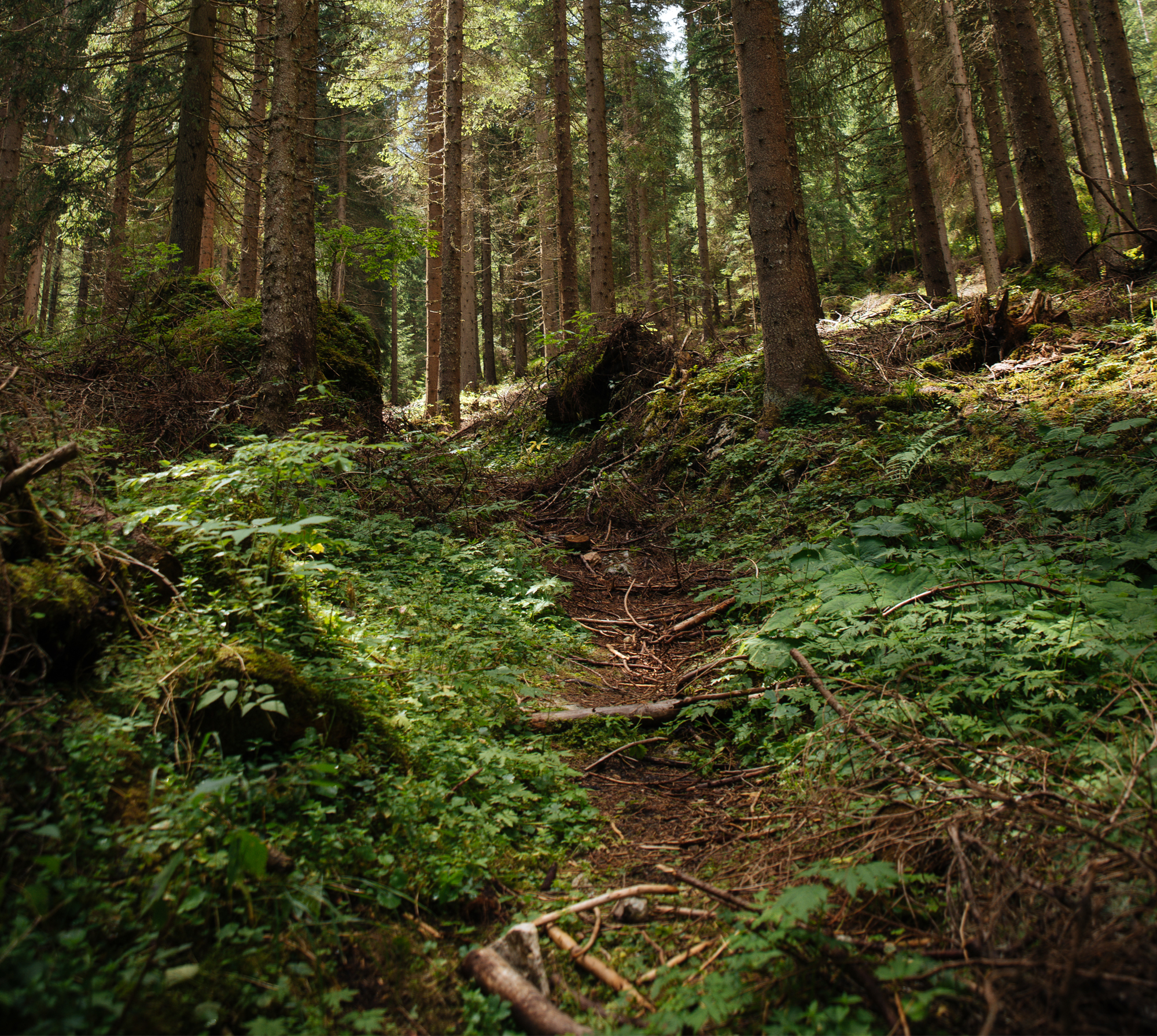
Diversity of soil bacteria complexes associated with summer truffle (Tuber aestivum)
Autorzy
- Marta Siebyła Forest Research Institute, Department of Forest Protection, Braci Leśnej 3, Sękocin Stary, 05-090 Raszyn, Poland, phone: +48 22 7150667, e-mail: m.siebyla@ibles.waw.pl
- Dorota Hilszczańska Forest Research Institute, Department of Forest Ecology, Braci Leśnej 3, Sękocin Stary, 05-090 Raszyn, Poland
Abstract
This paper describes the quantitative and qualitative composition of bacteria isolated from soil in the selected sites in the Nida Basin, in places where mycorrhizae and ascocarps of summer truffle (Tuber aestivum) were found, and in a control soil (without truffle). A classic growth culture method was used with Sanger DNA sequencing to obtain quantitative and qualitative measures of bacterial cultures. The obtained results showed differences in bacteriome composition between the case samples, in which summer truffle fructification was observed, and the control samples. Seven classes of bacteria were identified: Actinobacteria, Bacilli, Deinococci, Flavobacteria, Alphaproteobacteria, Betaproteobacteria, and Gammaproteobacteria. The most numerous bacterial genera were Pseudomonas (class Gammaproteobacteria) – 33%, Streptomyces (class Actinobacteria) – 29% and Bacillus (class Bacilli) – 15%. This research broadens the understanding of individual groups of bacteria accompanying truffles and their potential impact on the formation of summer truffle ascocarps.
| DOI | 10.2478-ffp-2020-0012 |
|---|---|
| Source | Folia Forestalia Polonica, Series A – Forestry |
| Print ISSN | 0071-6677 |
| Online ISSN |
2199-5907 |
| Type of article |
original article |
| Original title |
Diversity of soil bacteria complexes associated with summer truffle (Tuber aestivum) |
| Publisher | The Committee on Forestry Sciences and Wood Technology of the Polish Academy of Sciences and the Forest Research Institute in Sekocin Stary |
| Date | 29/07/2020 |
- Kiseleva V., Stonozhenko L., Korotkov S. The dynamics of forest species composition in the Eastern Moscow Region
- Grodzki W. On the vertical distribution of Ips duplicatus, I. cembrae and some bark- and longhorn beetles (Col.: Curculionidae, Scolytinae; Col.: Cerambycidae) in the Tatra National Park in Poland
- Marciszewska K., Szczepkowski A., Otręba A. Black cherry (Prunus serotina Ehrh.) colonization by macrofungi in the fourth season of its decline due to different control measures in the Kampinos National Park
- Przybylski P., Masternak K., Jastrzębowski S. Isozyme polymorphism and seed and cone variability of Scots pine (Pinus sylvestris L.) in relation to local environments in Poland
- Bondar O., Rumiantsev M., Tkach L., Obolonyk I. Prevailing forest types in the river catchments within the Left-Bank Forest-Steppe zone, Ukraine
- Siebyła M., Hilszczańska D. Diversity of soil bacteria complexes associated with summer truffle (Tuber aestivum)
- Bessonova V., Sklyarenko A. The accumulation of fluoride by leaves of woody plants growing in the area of sanitary protection zones in the industrial region of Zaporizhzhya
- Szczygieł R., Kwiatkowski M., Kołakowski B., Piwnicki J. Dynamic forest fire risk evaluation in Poland

